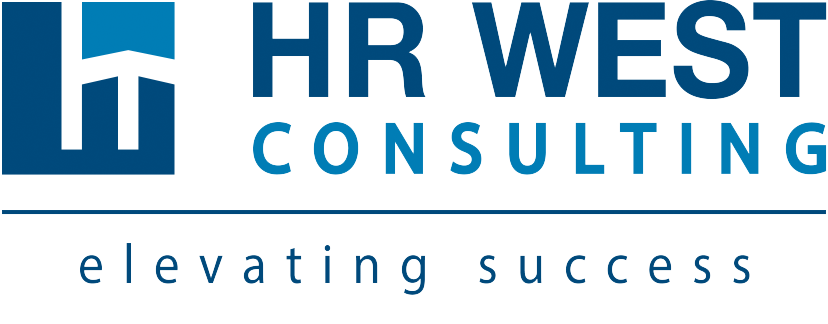The following article was originally published in Cannabis Retailer, November/December 2022. See it online at:https://mydigitalpublication.com/publication/?m=63950&i=765438&p=1&ver=html5
by Kevin Woolliams
Do you have a pang of anxiety when you think about tackling employee performance issues? Dread having to lecture, cajole or—urgh—dismiss an employee? Done well, using progressive discipline should significantly reduce your pain and increase the overall performance of your entire operation.
A great way to think about progressive discipline—and why it is effective—is to consider the root of the word “discipline”; it relates to disciple and teaching. Consider some of the synonyms for discipline: train, drill, teach, school, coach, educate, regiment, indoctrinate. Many of those words likely resonate with you more than discipline.
Thought of as a path to teaching employees—and making your store operations more successful—progressive discipline should be embraced by managers and not avoided (or dreaded) as is so common.
The first step to teaching (and leading) is to know what is to be taught. In any work environment, there are going to be a variety of policies, expectations, processes, and rules that are in place to create success (and minimize chaos) for the organization. In retailing, these range from
basics like being on time to very specific instructions to maintain the POS system. The starting place is with the initial orientation.
Time Policies
For being on time, the training should be easy: employees should know—from managers, employee handbooks, etc.—that the start and finish times are important to the operation and are not really optional. Coaching on start and finish times is easy—the school system likely did most of the work for you—compared to something technical like POS or cash procedures. Here, short videos, checklists and hands-on training may be required to ensure that your employees know what is expected.
Testing Knowledge
One way to test knowledge of your policy, expectations, and rules being known by your employees is with a simple four-part training trick: tell the employee what to do; have them repeat the instructions back to you; show the employee what to do; and have them show you what you just did. Do not hesitate to document the learning process with orientation check-offs, training completion documentation, or just notes. As a first step of progressive discipline—making sure your employees know what is expected—it could almost be described as preventive discipline keeping employees engaged but also allowing for new issues in your business to be addressed as they arise.
Breaking Rules
The part where managers get bogged down is when things are not done as instructed: when the employee “knew or ought to have known” and still breaks a rule, policy, or expectation. This is when the more formal steps of progressive discipline start.
Responding to Allegations
If thought of in a coaching/teaching way, the best practice is to confirm with the employee that they know the expectation (“Do you remember what our procedure is for cashing out?”) and once that baseline is established, ask what happened (“Knowing how cash out works here, why didn’t you reconcile the credit card receipts on Tuesday?”). HR professionals call this “the opportunity to respond to the allegations”. Getting the employee’s side of the story is helpful in determining next steps, but it is also important for the key part of this conversation (before formal discipline): getting the employee to commit to fixing the issue. The employee commitment means that the manager is not the bad guy giving directives as the employee is identifying that an issue needs to be corrected!
Confirm with the employee that they know the expectation.
Documenting the Conversation
After the conversation about what happened (which hopefully included the commitment for change), the more formal step of progressive discipline—documentation—needs to occur. The actual documentation approach should fit with your organization culture but should have some permanency—a letter with copies kept or email are the most common. Included in the documentation should be a few key details: the discussion (“further to our meeting on July 18th”); what occurred (“on July 15th, the cash out was not performed properly”); what the expectation is (“as you recalled during our meeting, credit cards are to be reconciled every day”); the commitment to improve (“you told me that you have put a note in your phone so you wouldn’t forget again”); and an offer of help (“we are always available if you have questions about this or any other procedure”).
Escalating Sanctions
This outline of documentation leaves out two things. First is the severity of the consequence (the “progressive” part of progressive discipline). An overriding concept of progressive discipline is that if behaviours do not improve, then more severe sanctions are implemented. I often provide managers this analogy: some people need to be told something, some people need it written down, some people need a short break from work to figure it out, and some very rare people are just not made for our industry and need to work elsewhere as they just cannot figure it out. Your documentation should make it clear what is occurring on this continuum. A sample sentence would be something like: “This is the second performance issue we have documented in the last three months.” Escalating your concerns with the employee should indicate the increasing seriousness of not improving. Certainly this can be done with words, but could also involve short suspensions from work (we recommend you work with an HR professional or experienced employment lawyer before implementing suspensions, especially if you haven’t done so before). A sample progressive discipline model could be something like: training (verbal), written warning, 2nd written warning, final warning, and suspension, then termination.
Including a Warning
The second item that should be in the documentation is the warning. The traditional HR words for that are something like: “Further incidents will lead to further, more serious, discipline, up to and including termination of employment.” However, for a final warning, you should consider something that clearly indicates the seriousness of the situation: “Similar misconduct will result in your dismissal for cause.” A progressive discipline model that is based on a philosophy of teaching and coaching is a critical business tool but is not a one-sizefits-all solution. There are serious infractions (theft, forms of harassment, etc.) that are cause for immediate dismissal. Therefore, we recommend that as you start building a progressive discipline model, when someone is approaching termination or when a serious infraction occurs you utilize professional HR or legal assistance.



